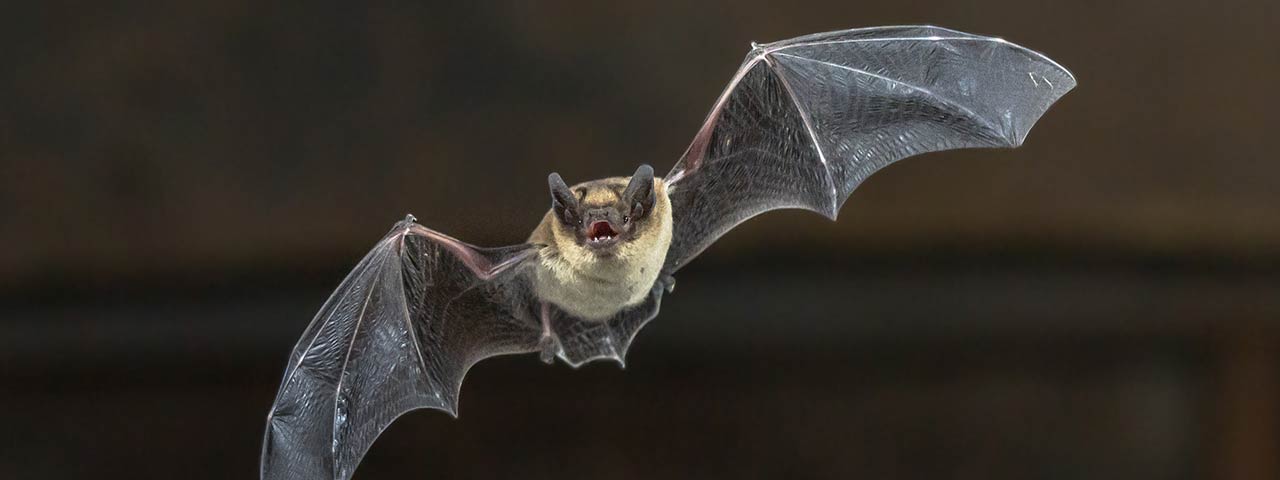
Wednesday, September 4, 2019
Chapter 10: The New Pangaea
In chapter 10 we are taken to the capital of our state, Albany, New York. The scientist noticed thousands of dead bats covered in white powder after they visited to do a bay census. They later returned a year later and found that they were affected by a fungus called Geomyces destruction. This substance was accidentally imported into the United States from Europe. This goes into the bigger picture of humans not being careful about how their actions impact others. However, it hasn’t stopped at the Golden frog or the bat. A brown tree snake went to Guam but originated from Australia. This movement resulted in the eating two natural species of mammals in Guam. The movement of species from their original habitats to new areas has been entitled "New Pangea." Due to this decrease in biodiversity in the areas in which the invasive species travel to. While reading I think back to how much harm humans are doing. The quote, "Before humans arrived on the scene, many whole categories of organisms were missing from Hawaii; these included not only rodents but also amphibians, terrestrial reptiles, and ungulates (212)." Although I hate rodents, which you will get to see if rodents are ever brought into the lesson (please no I request please no rodents I will cry), I can clearly see the negative impacts humans are having in different ecosystems. Humans are altering lands in which they rarely visit by bringing in new species. (C)This reminds me of the whole immigration system occurring in the united states. It's like conservatives complain about the incoming of people in need in other countries but don't bat an eye when species are destroying other areas by being brought in when they shouldn't be. The theme of humans having an impact on the environment continues to shine in The Sixth Extinction.


Subscribe to:
Post Comments (Atom)
No comments:
Post a Comment